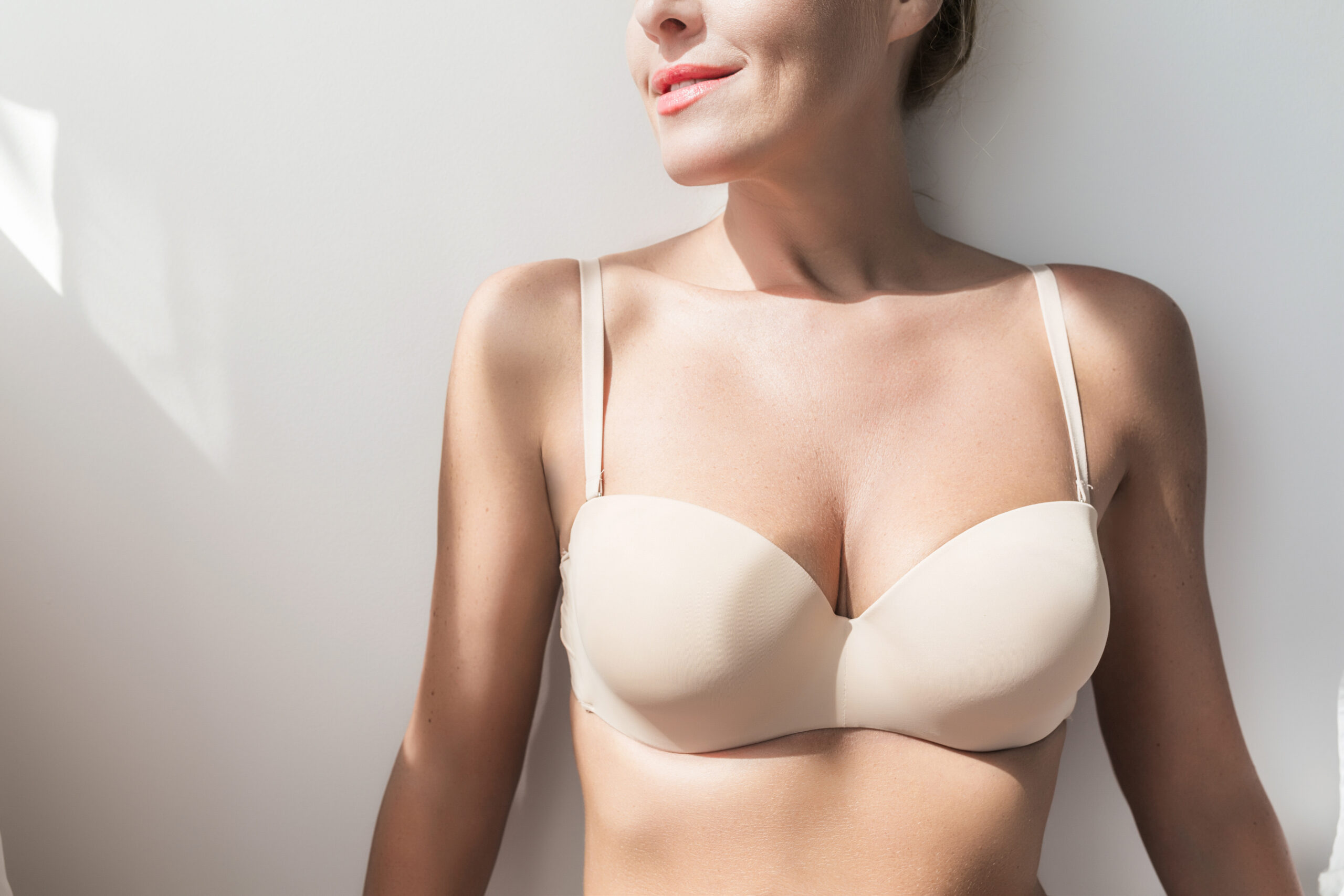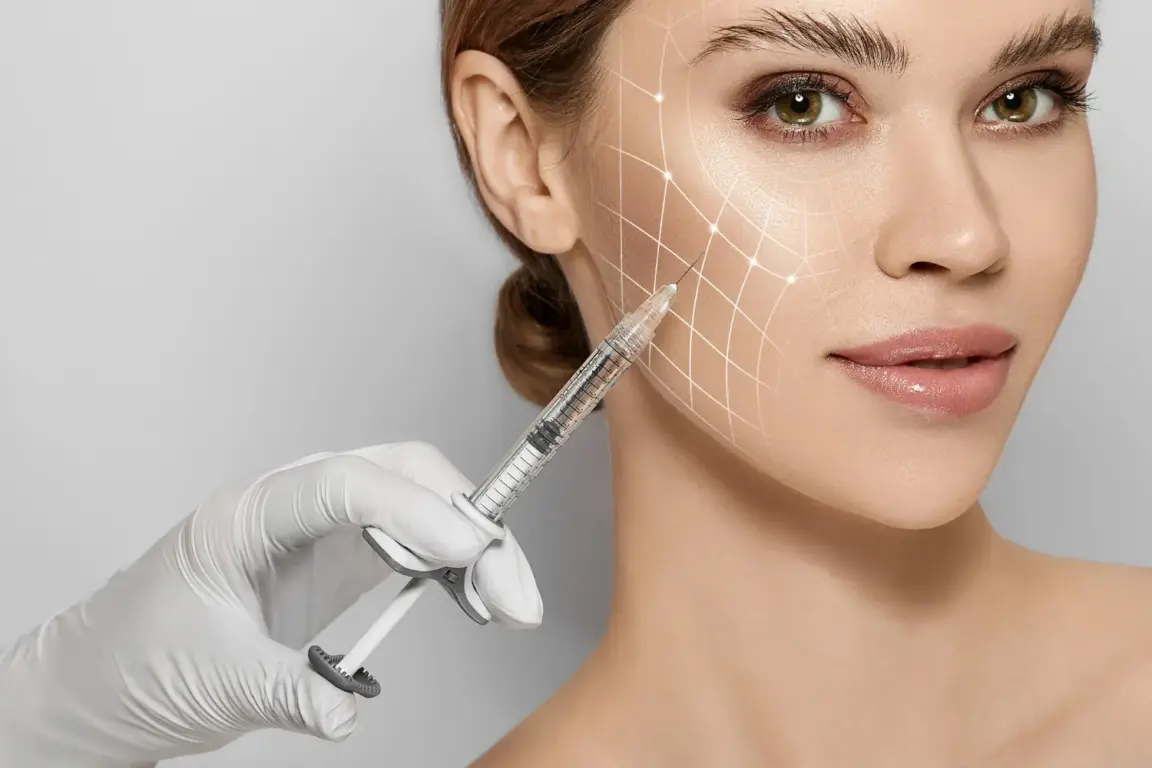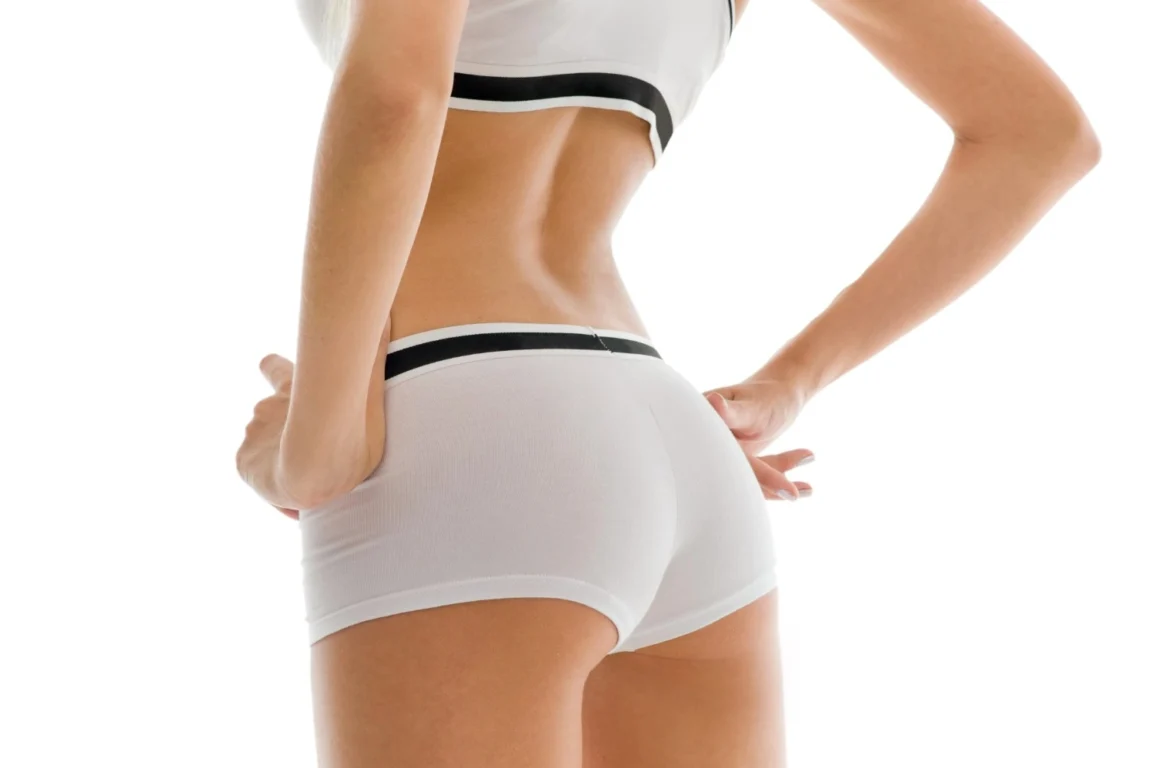Breast enhancement is a standard procedure in cosmetic surgery aimed at helping individuals achieve their desired breast size and shape. The process, known as breast augmentation, involves explicitly using breast implants. While “breast augmentation” and “breast implants” are often used interchangeably, there’s a distinction. Breast augmentation refers to the surgical procedure, whereas breast implants are the materials used during the surgery to increase breast size.
What is Breast Augmentation?
Breast augmentation, medically termed augmentation mammoplasty, is a specialized surgical procedure designed to enhance the overall contour and volume of the breasts. While many associate it primarily with size enhancement, the scope of breast augmentation extends beyond just increasing breast size. It offers solutions to various concerns individuals might have about their breasts.
For some, the procedure is about restoring what was once there. Life events like pregnancy, breastfeeding, and significant weight fluctuations can alter the breast’s natural shape and fullness. Breast augmentation can help regain the lost volume, ensuring the breasts look as youthful and vibrant as before.
Likewise, natural inconsistencies in breast size, known as breast asymmetry, can be a concern for many. While it’s common for one breast to be slightly larger or differently shaped than the other, noticeable differences can sometimes lead to self-consciousness. Breast augmentation provides a solution, correcting such asymmetries and ensuring a balanced and harmonious appearance.
The procedure isn’t just about addressing physical concerns. For many individuals, their breasts significantly affect their self-image and femininity. Enhancing or restoring their breasts can improve self-esteem, confidence, and well-being.
The Role of Breast Implants in Augmentation
Breast implants are integral to the breast augmentation process. They provide the means through which enhancement is achieved, ensuring that individuals can attain their desired breast size and shape with aesthetically pleasing and physically comfortable results.
Breast implants are medical-grade sacs filled with either saline (salt water solution) or silicone gel. Each type of implant has its own set of advantages, characteristics, and aesthetic outcomes, and the choice between them often depends on individual preferences, desired results, and medical recommendations.
The role of these implants in augmentation is multifaceted:
- Volume Enhancement: The most apparent part of breast implants is to increase the volume of the breasts. By inserting an implant of a specific size, surgeons can achieve the desired enlargement tailored to the individual’s body proportions and aesthetic goals.
- Shape Correction: Beyond just size, implants can also help refine the shape of the breasts. For instance, certain implants are designed to offer a more rounded appearance, while others might provide a more natural teardrop shape. The choice often depends on the existing breast anatomy and the desired outcome.
- Asymmetry Correction: For individuals with noticeable breast asymmetry, implants can be used to balance the size and shape of the breasts. Each breast can have different-sized implants to achieve a harmonious and symmetrical appearance.
- Texture and Feel: The material inside the implant, be it saline or silicone, contributes to the texture and feel of the augmented breast. Silicone implants, for instance, are often praised for their natural feel, closely mimicking the consistency of breast tissue.
- Longevity and Maintenance: Breast implants are designed to be durable and long-lasting. However, they are not lifetime devices. Over time, they might need replacement or adjustment, ensuring that the augmented breasts continue to look and feel their best.
Considerations For Breast Implants and Incision Placement
Different types of breast implants are available, each with its characteristics and advantages. The choice of implant type often depends on individual preferences, the desired aesthetic outcome, and medical recommendations.
Another crucial aspect of breast augmentation is the incision placement. The location of the incision can influence the appearance of scars, the ease of implant placement, and the overall aesthetic result. As mentioned on the website, Dr. Paulson prefers making the incision in the fold under the breast. This placement is often chosen for its discreet scarring and ease of access. Additionally, Dr. Paulson encourages placing the implant under the muscle, a technique that can offer a more natural look and feel to the augmented breasts.
Recovery and Post-Op Considerations
The recovery and post-op phase is a critical period that requires careful attention and adherence to medical advice. Proper care and following the surgeon’s guidelines can ensure a smooth recovery and optimal results from the breast augmentation procedure.
Recovery Process:
- Duration: The initial recovery from breast augmentation is relatively quick, with most patients being able to return to work and light activities within 5-7 days. However, full recovery and resumption of all normal activities typically take around six weeks.
- Lifting Restrictions: Post-surgery, patients are advised to adhere to specific lifting restrictions to prevent strain on the surgical site. A lifting restriction of 5 lbs is recommended for the first three weeks. This restriction increases to 30 lbs for weeks 4-6.
- Sutures: Dissolvable sutures are commonly used in breast augmentation procedures. These sutures gradually dissolve over time, but in some cases, they may need to be trimmed around the 3-week mark post-surgery.
- Swelling and Bruising: It’s normal for patients to experience swelling, bruising, and tenderness after the surgery. Most of these symptoms decrease or disappear entirely within the first month. However, mild swelling can persist for up to 6 months.
- Scarring: Scars from the incisions will be present, but they typically fade significantly over time. Scars can take up to 2 years to mature and become less noticeable.
Post-Op Considerations:
- Supportive Bra: After the surgery, patients are advised to wear a supportive bra to help shape the breasts and provide comfort. This bra should be worn continuously for the first three weeks post-surgery.
- Bandeau: A bandeau (a type of strap that wraps around the upper part of the breasts) may be recommended along with the supportive bra. This helps maintain the implants’ position and prevent them from rising too high on the chest.
- Underwire Bras: Underwire bras can pressure the incisions and the healing breasts. Therefore, they should be avoided for at least six weeks post-surgery.
- Sleeping Position: Elevating the upper body and sleeping slightly inclined for the first 4-5 days can help reduce post-operative swelling.
- Nipple Sensation: Changes in nipple sensation, either increased or decreased, can occur after breast augmentation. This change is typically temporary, and sensation usually returns to normal as the healing progresses.
Takeaway
Breast augmentation is a significant decision requiring thorough understanding and expert guidance. the Aesthetic Center offers both, ensuring patients are well-informed and receive top-notch care. If you’re contemplating this procedure or other aesthetic services, consider contacting the Aesthetic Center. Our team is ready to assist and guide you through the process. Start your journey with professionals who prioritize your well-being.




